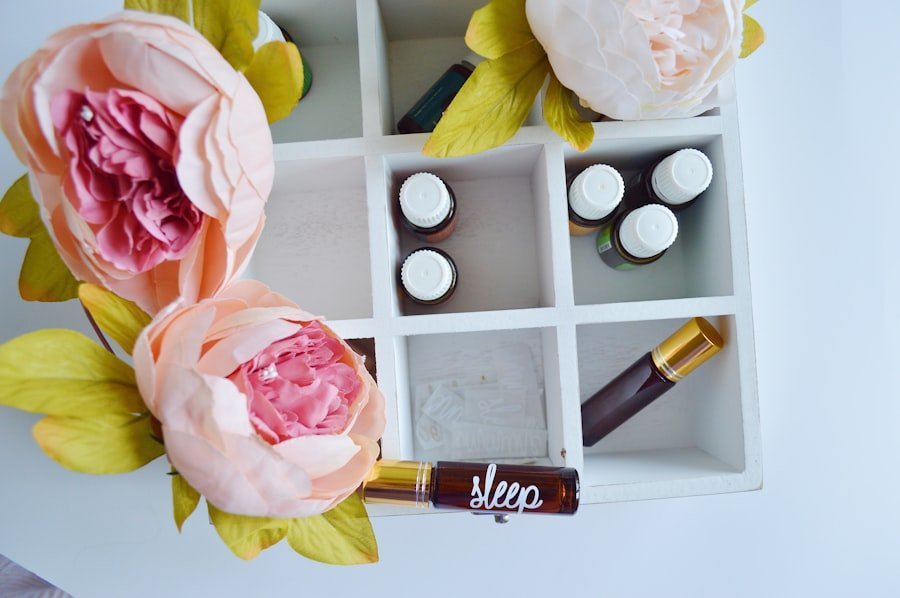Oily skin is a common skin type that many of us experience at some point in our lives. It is characterized by an overproduction of sebum, the natural oil produced by our skin. This excess oil can lead to a shiny appearance, enlarged pores, and an increased likelihood of acne and other blemishes.
Understanding the nature of oily skin is crucial for us to develop an effective skincare routine that addresses its unique challenges. We often find ourselves grappling with the balance between maintaining hydration and preventing excess oiliness, which can be a tricky endeavor. The causes of oily skin can vary widely from person to person.
Genetics play a significant role; if our parents had oily skin, we are more likely to inherit the same trait. Hormonal fluctuations, particularly during puberty, menstruation, or pregnancy, can also trigger increased oil production. Additionally, environmental factors such as humidity and temperature can exacerbate the condition.
By recognizing these factors, we can better tailor our skincare approach to manage our oily skin effectively.
Key Takeaways
- Oily skin is caused by overactive sebaceous glands and is characterized by a shiny complexion and enlarged pores.
- Cleansing and exfoliating are essential for oily skin to remove excess oil, dirt, and dead skin cells that can clog pores.
- Toning and balancing products help to control oil production and minimize the appearance of pores.
- Oil-free moisturizers are important for oily skin to provide hydration without adding extra oil to the skin.
- Applying sunscreen is crucial for oily skin to protect it from sun damage and prevent premature aging.
Cleansing and Exfoliating
Cleansing is the cornerstone of any skincare routine, especially for those of us with oily skin. We need to choose a gentle yet effective cleanser that can remove excess oil without stripping our skin of its natural moisture. A foaming or gel-based cleanser often works well for us, as it helps to dissolve impurities and unclog pores.
We should aim to cleanse our faces twice a day—once in the morning and once before bed—to keep our skin fresh and free from buildup. However, we must be cautious not to over-cleanse, as this can lead to irritation and trigger even more oil production. Exfoliation is another essential step in our skincare regimen.
By regularly exfoliating, we can remove dead skin cells that can clog pores and contribute to breakouts. We have the option of using physical exfoliants, like scrubs, or chemical exfoliants containing ingredients such as salicylic acid or glycolic acid. While physical exfoliants can provide immediate results, we often find that chemical exfoliants offer deeper penetration and longer-lasting effects.
We should aim to exfoliate 1-3 times a week, depending on our skin’s sensitivity, to maintain a smooth and clear complexion.
Toning and Balancing

After cleansing, toning is a vital step that we should not overlook. Toners help to restore the skin’s pH balance after cleansing and can provide additional benefits such as tightening pores and removing any residual impurities. For those of us with oily skin, we should opt for alcohol-free toners that contain ingredients like witch hazel or tea tree oil, which can help control oil production without causing dryness.
Incorporating a toner into our routine can enhance the overall effectiveness of our skincare products and leave our skin feeling refreshed. Balancing our skin is essential for achieving a healthy complexion. Oily skin can often lead to an imbalance that results in breakouts or irritation.
By using a toner regularly, we can help maintain this balance and prevent our skin from becoming overly oily or dry. Additionally, some toners contain antioxidants that protect our skin from environmental stressors, further contributing to a well-rounded skincare routine. We should take the time to find a toner that suits our specific needs and incorporate it into our daily regimen.
Using Oil-Free Moisturizers
| Product Name | Brand | Price | Suitable for Skin Type |
|---|---|---|---|
| Neutrogena Hydro Boost Water Gel | Neutrogena | 20 | Normal to Oily |
| Cetaphil Daily Hydrating Lotion | Cetaphil | 15 | All Skin Types |
| La Roche-Posay Toleriane Double Repair Face Moisturizer | La Roche-Posay | 30 | Sensitive Skin |
Contrary to popular belief, even those of us with oily skin need to moisturize regularly. The key is to choose an oil-free moisturizer that hydrates without adding excess oil to our complexion. Gel-based moisturizers are often an excellent choice for us, as they provide hydration while feeling lightweight on the skin.
Ingredients like hyaluronic acid can help draw moisture into the skin without clogging pores, making them ideal for oily skin types. When selecting a moisturizer, we should also look for non-comedogenic products—those specifically formulated not to clog pores.
By incorporating an oil-free moisturizer into our daily routine, we can maintain a healthy level of hydration while keeping excess shine at bay.
Applying Sunscreen
Sunscreen is an essential part of any skincare routine, regardless of our skin type. For those of us with oily skin, it’s crucial to choose a sunscreen that is lightweight and oil-free. Many sunscreens are now formulated specifically for oily or acne-prone skin, offering broad-spectrum protection without leaving a greasy residue.
We should apply sunscreen every morning, even on cloudy days or when we plan to stay indoors, as UV rays can penetrate through windows. In addition to protecting our skin from harmful UV rays, using sunscreen can also help prevent hyperpigmentation and premature aging caused by sun exposure.
By making sunscreen a non-negotiable part of our daily routine, we can protect our skin while managing its oiliness effectively.
Using Oil-Control Products

For those of us struggling with persistent oiliness, incorporating oil-control products into our skincare routine can be beneficial. These products often contain ingredients like salicylic acid, clay, or charcoal that help absorb excess oil and prevent breakouts. We might consider using oil-control cleansers or masks once or twice a week to give our skin an extra boost in managing shine.
Additionally, there are various mattifying primers and powders available that can help control oil throughout the day. These products can be particularly useful for us if we wear makeup regularly, as they create a smooth base while helping to keep shine at bay. By strategically using oil-control products in conjunction with our regular skincare routine, we can achieve a more balanced complexion.
Dietary and Lifestyle Tips
Our diet and lifestyle choices play a significant role in the health of our skin. For those of us with oily skin, it’s essential to focus on consuming a balanced diet rich in fruits, vegetables, whole grains, and lean proteins. Foods high in antioxidants can help combat inflammation and promote healthy skin.
Additionally, staying hydrated by drinking plenty of water throughout the day can help flush out toxins and keep our skin looking its best. We should also be mindful of our lifestyle habits that may contribute to oily skin. Stress management is crucial; high-stress levels can lead to hormonal fluctuations that trigger increased oil production.
Incorporating regular exercise into our routines not only helps reduce stress but also promotes healthy circulation and can improve our overall complexion. By making conscious dietary and lifestyle choices, we can support our skincare efforts from the inside out.
Seeking Professional Help
While we can take many steps on our own to manage oily skin effectively, there may come a time when seeking professional help becomes necessary. Dermatologists can provide personalized advice tailored to our specific needs and may recommend treatments such as chemical peels or prescription medications for more severe cases of acne or oiliness. Consulting with a professional allows us to gain insights into the underlying causes of our oily skin and receive guidance on the most effective treatment options available.
In addition to dermatologists, estheticians can offer valuable services such as facials specifically designed for oily or acne-prone skin. These treatments often include deep cleansing and extractions that can help clear clogged pores and improve overall texture. By seeking professional help when needed, we can enhance our skincare journey and achieve clearer, healthier skin more effectively.
In conclusion, managing oily skin requires a multifaceted approach that includes understanding its unique characteristics, establishing a consistent skincare routine, making mindful dietary choices, and seeking professional guidance when necessary. By taking these steps together, we can work towards achieving a balanced complexion that feels healthy and radiant.
If you are looking to establish a skincare routine for your oily face skin, it is important to understand the basics of a women’s skincare routine. This article emphasizes the importance of cleansing, toning, and moisturizing as essential steps in maintaining healthy skin. By following a consistent skincare routine, you can effectively manage oily skin and achieve a radiant complexion.









